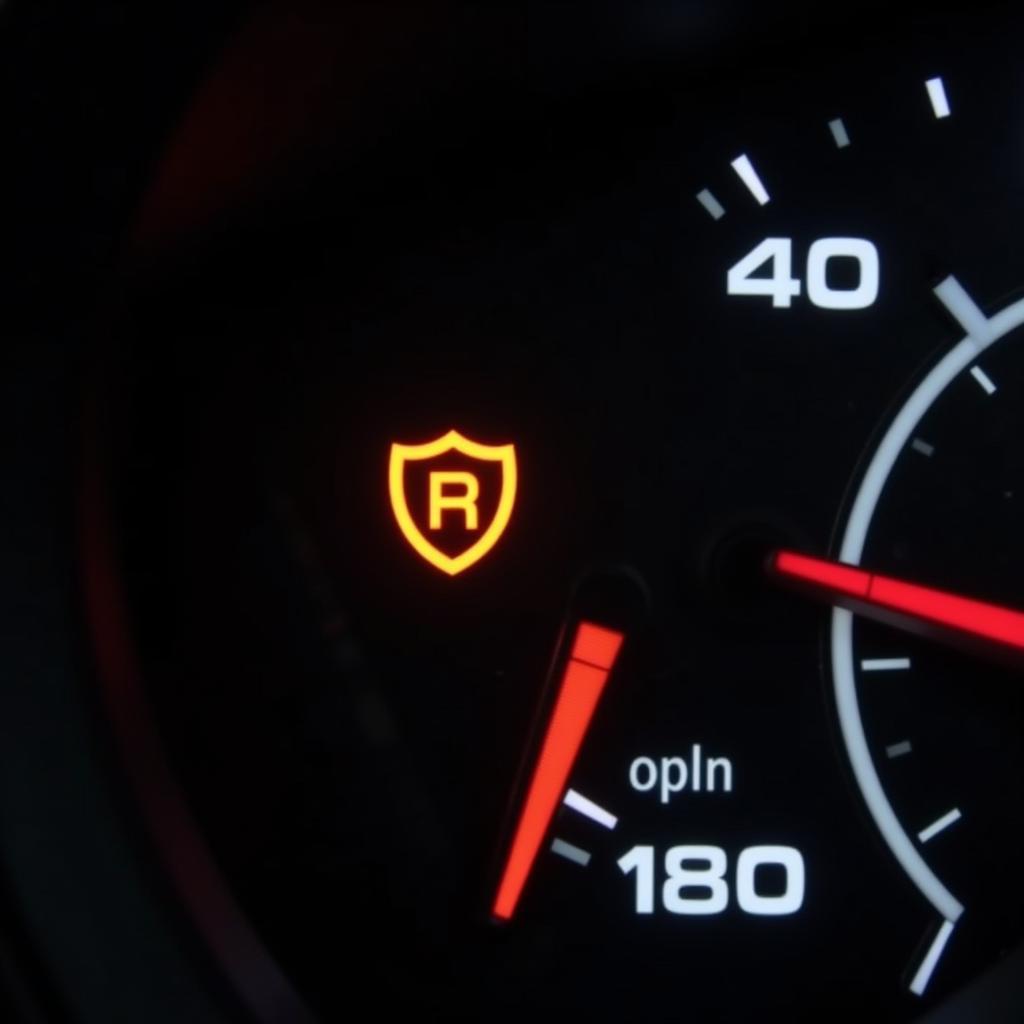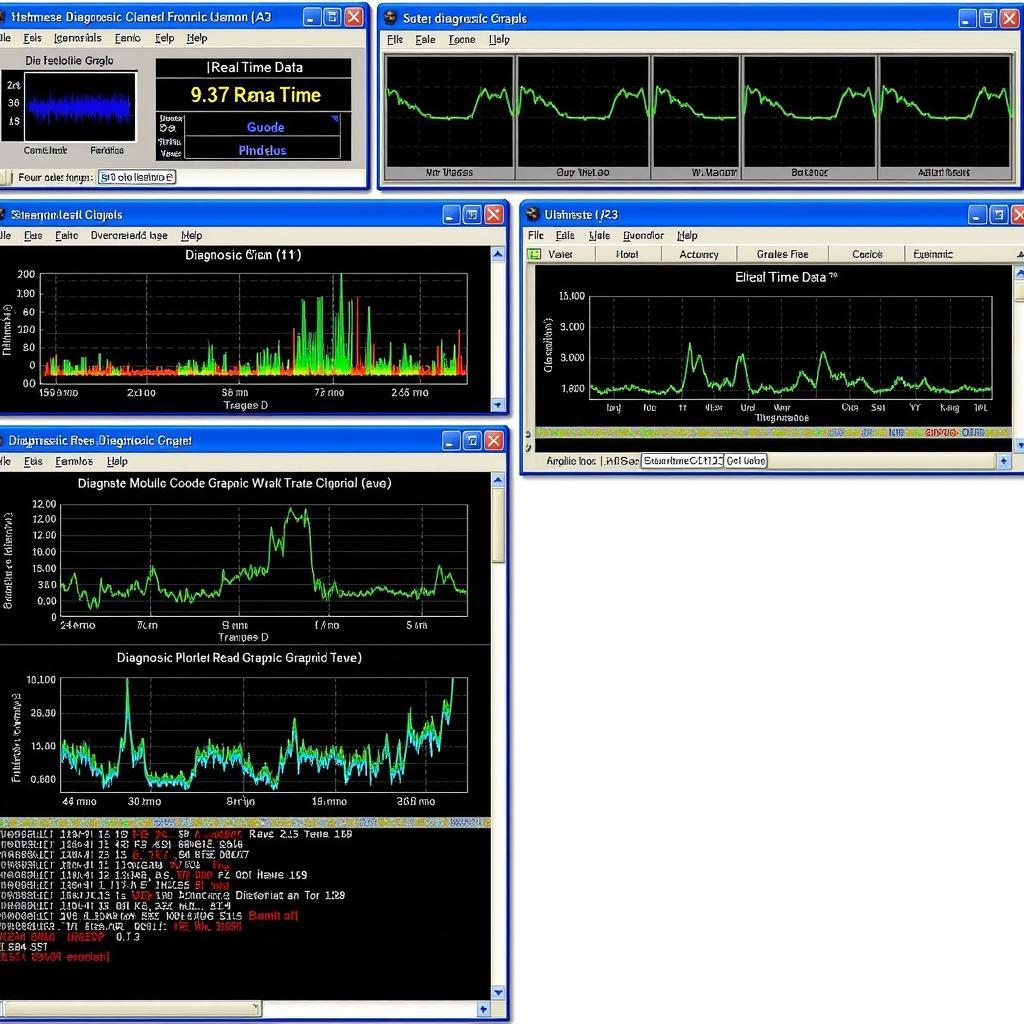An OBD2 scan tool can reveal a wealth of information about your car’s health, including pending codes. These codes indicate potential issues that haven’t yet triggered a check engine light. Understanding what these pending codes mean and how to address them is crucial for maintaining your vehicle’s performance and longevity.
Diagnosing car problems can be frustrating, especially when the check engine light isn’t illuminated. Pending codes, accessible through an OBD2 scan tool, provide a glimpse into developing problems before they become major headaches. This article delves into the world of pending codes, explaining what they are, why they appear, and how you can use this information to keep your car running smoothly. We will cover how a scan tool like the OBDeleven Diagnostic Scan Pro Tool can help you access and interpret these codes.
What are Pending Codes?
Pending codes are diagnostic trouble codes (DTCs) that have been registered by the vehicle’s onboard diagnostic system but haven’t yet met the criteria to illuminate the check engine light. Think of them as a warning system. They indicate that a problem has occurred, but it hasn’t happened frequently enough or severely enough to warrant a full-blown alert.
Why Do Pending Codes Appear?
Several factors can trigger pending codes. Intermittent issues, such as a loose gas cap or a sensor malfunctioning sporadically, are common culprits. Sometimes, the issue might have been resolved temporarily, but the car’s computer needs more driving cycles to confirm that the fix is permanent. Other times, the issue might be developing slowly, and the code is a precursor to a more serious problem.
How to Read and Interpret Pending Codes
Accessing pending codes requires an ELM327 Wireless OBD Scan Tool or similar device. Once connected, the scan tool will display any stored and pending codes. These codes are standardized, consisting of a letter and four numbers (e.g., P0171 – System Too Lean Bank 1). While the code itself indicates the general area of the problem, further diagnosis is usually necessary to pinpoint the exact cause. Resources like online code lookups and repair manuals can help decipher the meaning of specific codes.
What to Do When You Encounter a Pending Code
Ignoring pending codes is not advisable. While they might not be causing immediate problems, they often signal underlying issues that can worsen over time. Addressing a pending code early can prevent costly repairs down the road.
- Document the Code: Note the specific code and the date it appeared.
- Research the Code: Use online resources or repair manuals to understand the code’s meaning.
- Inspect Related Components: Check for obvious issues like loose connections, damaged wires, or worn-out parts.
- Clear the Code: After addressing the potential problem, clear the code using the scan tool.
- Monitor for Reappearing Codes: If the code returns, further diagnosis is necessary. You might need a professional mechanic’s assistance.
“Pending codes are like whispers from your car, hinting at potential problems. Listen to them,” advises John Smith, ASE Certified Master Technician.
Can Pending Codes Cause Drivability Issues?
While pending codes typically don’t immediately affect drivability, they can sometimes be accompanied by noticeable symptoms, depending on the nature of the issue. For example, a pending misfire code might cause rough idling or hesitation, even if the check engine light isn’t on.
How Long Do Pending Codes Stay Pending?
Pending codes usually clear themselves after a certain number of driving cycles if the issue doesn’t reoccur. This varies depending on the vehicle and the specific code. If a scan tool reveals a scan tool link error, it’s essential to address the connection problem before trying to diagnose pending codes.
 Car Dashboard with Check Engine Light Off
Car Dashboard with Check Engine Light Off
“Don’t wait for the check engine light to come on. Regularly scanning for pending codes is a proactive way to maintain your vehicle’s health,” recommends Sarah Johnson, Automotive Diagnostics Specialist. A scan tool can also be used to diagnose specific issues, like those indicated by car scanner codes P0135.
Conclusion
Understanding and addressing pending codes with your OBD2 scan tool is an essential aspect of car maintenance. By taking these early warnings seriously, you can prevent small problems from escalating into major repairs, saving time and money. If you have further questions or need assistance, feel free to reach out to ScanToolUS at +1 (641) 206-8880 or visit our office at 1615 S Laramie Ave, Cicero, IL 60804, USA. A scan tool can even help determine if you need a scan tool to reset flex fuel ratio.


